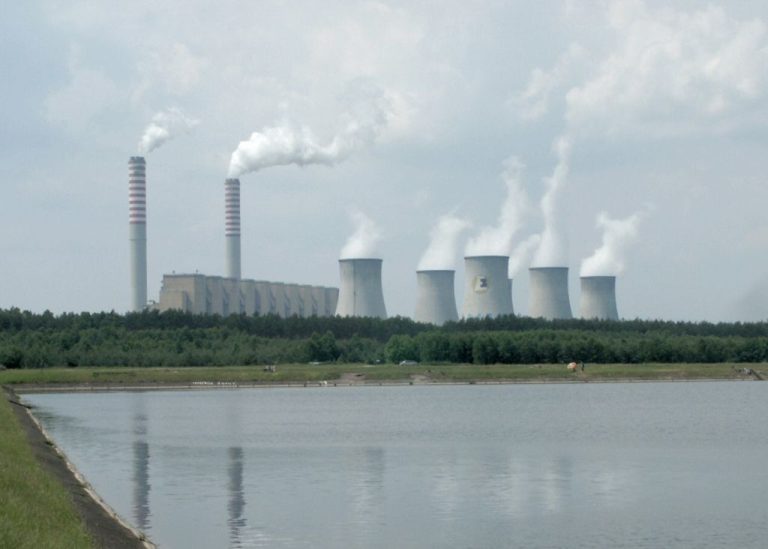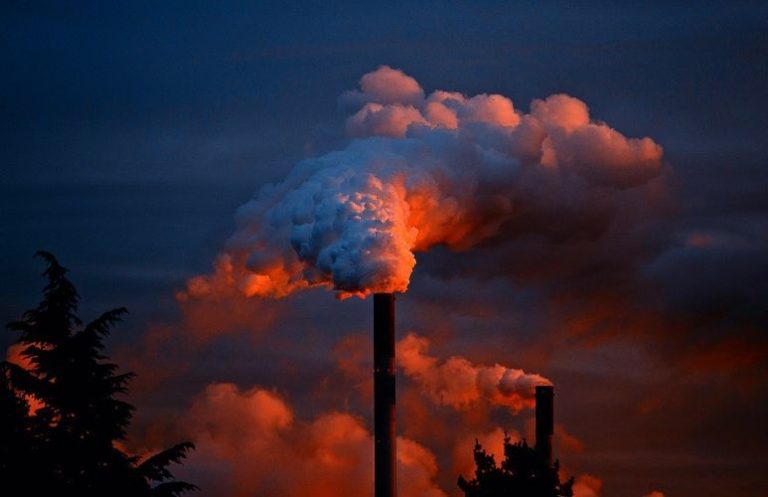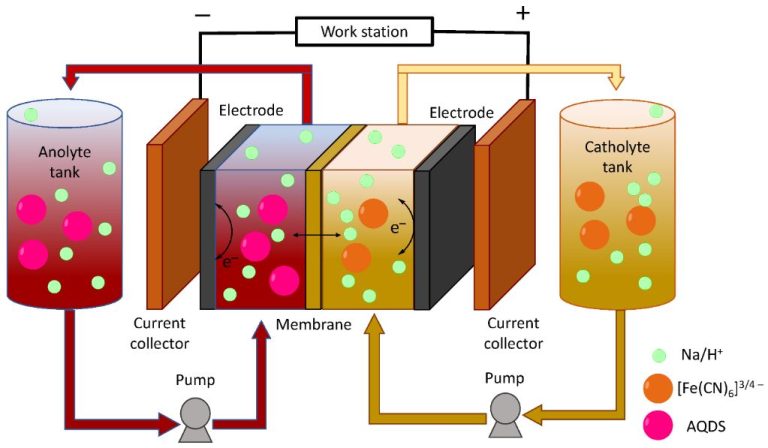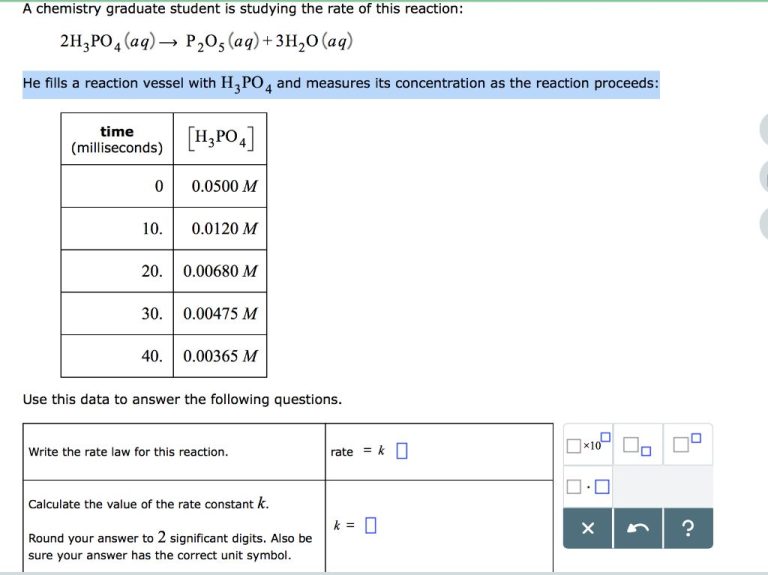What Is The Current Electricity Energy?
Current electricity refers to the forms of electrical energy that are generated and supplied for immediate use. Unlike stored forms of energy like batteries, current electricity must be consumed as soon as it is produced.
The major sources of current electricity are fossil fuels like coal, natural gas, and oil, nuclear power, hydropower, wind power, solar power, geothermal power, and biomass fuels like waste and biofuels. The percentage breakdown of these sources varies by region and changes over time as new power plants and facilities are built.
Tracking current data on electricity generation is important for understanding our energy mix, Monitoring trends and shifts in energy sources, assessing progress on expanding renewable energy, and planning future infrastructure and investments to meet demand.
Fossil Fuels
Fossil fuels like coal, natural gas, and petroleum account for over 60% of electricity generation worldwide. These non-renewable resources formed over millions of years and release carbon emissions when burned. While abundant and affordable, their environmental impact has put their future into question.
Coal provides the largest share of fossil fuel electricity. While coal plants are inexpensive to build, they contribute heavily to air pollution and climate change. Many countries are phasing out coal. Natural gas emits less emissions than coal and can ramp electricity up and down to meet demand. However, leakage during extraction can limit its environmental benefit. Petroleum or oil is generally too expensive for large-scale electricity generation.
The share of fossil fuels for electricity is likely to decline in the long run. Concerns over emissions and improvements in renewable sources will reduce demand. However, their affordability means they are likely to remain part of the global energy mix for years to come.
Nuclear
Nuclear power currently provides about 10% of the world’s electricity. As of 2021, there were 440 operational nuclear reactors in 33 countries, with a total installed capacity of 394 gigawatts (GW). The USA has the most nuclear capacity at 98 GW, while France generates the highest percentage of its electricity from nuclear at over 70%.
Nuclear power plants work by utilizing the heat generated from controlled nuclear fission reactions. Uranium is the most common nuclear fuel. The energy from the nuclear reaction is used to boil water into steam, which spins a turbine to generate electricity.
The main advantage of nuclear power is the ability to generate large amounts of reliable baseload electricity without producing greenhouse gas emissions. However, there are concerns related to accidents, radioactive waste disposal, and nuclear proliferation. Nuclear plants also have very high upfront capital costs.
There is debate around the future growth of nuclear power due to factors like cost and public acceptance. Some countries like Germany are phasing out nuclear, while others like China are rapidly expanding capacity. The next generation of nuclear reactor designs aim to be safer and lower cost, but they are still in developmental stages.
Hydropower
Hydropower has played an important role in the renewable electricity sector. Many countries generate a significant portion of their electricity from hydropower dams or reservoirs. In 2020, hydropower accounted for around 16% of total global electricity generation and 71% of all renewable electricity.
The capacity of hydroelectric dams globally has grown steadily over the past few decades. As of 2019, the worldwide installed capacity of hydropower was approximately 1,308 gigawatts. The countries with the most installed hydroelectric capacity are China, Brazil, Canada, the United States, and Russia. Large facilities like the Three Gorges Dam in China have capacities over 20 gigawatts.
Hydropower offers some advantages as a renewable energy source. Once a dam is constructed, the electricity generation process emits zero greenhouse gases or air pollution. Hydropower can also provide grid reliability and help meet peak electricity demand. However, building large dams also has major environmental and social impacts, including habitat destruction, loss of biodiversity, and displacement of communities. In recent years, some countries have been taking down older dams due to these concerns.
The future growth of hydropower may be constrained by two key factors: suitable sites for new large dams are limited, especially in developed countries, and climate change is affecting water availability in some regions. Upgrades to existing infrastructure will likely play a bigger role than new mega dam projects.
Wind
Growth of Wind Power
Wind power has seen rapid growth in recent years as more countries aim to increase the share of renewable energy in their electricity mix. Since the early 2000s, global wind power capacity has increased more than 20-fold, from 24 GW in 2001 to over 650 GW in 2019. Several factors have driven this growth, including improving wind turbine technology, policy support, and cost reductions.
Many countries now have significant wind power capacity, with the top markets being China, the US, Germany, India and Spain. In the US alone, wind capacity has grown from 2.5 GW in 2000 to over 100 GW in 2019. While growth rates have moderated after previous years of rapid expansion, the global wind market continues to expand at a healthy pace.
Capacity and Generation
In terms of electricity generation, wind provided over 5% of global power generation in 2018. Several countries now rely on wind for 15-30% of their total electricity needs, with Denmark often generating over 40% of its power from wind. As capacity expands in the coming years, wind is expected to play an increasingly important role in electricity supply.
Pros and Cons
The growth of wind power has been driven by several key advantages: wind turbines produce no emissions during operation, have relatively low maintenance costs, and can be built quickly. Land between wind turbines can also be used for grazing or crops. However, wind power also faces challenges like intermittency (output varies based on wind conditions), visual impacts, and bird/bat mortality.
Future Outlook
Looking ahead, analysts expect strong continued growth for wind power, driven by technology improvements, cost reductions, and policy support motivated by efforts to cut emissions and increase energy security. Offshore wind, with its vast potential, is also expected to play an increasing role. The IEA projects global wind capacity could grow to over 2500 GW by 2040 under its main forecast scenario.
Solar
Solar power has seen tremendous growth over the past decade, driven by falling costs and supportive policies. There are two main types of solar power – photovoltaics (PV) and concentrated solar power (CSP).
Solar PV converts sunlight directly into electricity using semiconducting materials. PV capacity has expanded from 40 GW in 2010 to over 580 GW in 2018. The levelized cost of electricity from PV is now competitive with fossil fuels in many markets. The modular nature of PV also makes it suitable for distributed generation. However, PV only generates power when the sun is shining and needs storage or other generation to meet evening demand peaks.
CSP uses mirrors to concentrate sunlight and generate high temperature heat, which is then used to drive a steam turbine and generate electricity. CSP capacity is much lower than PV, around 5 GW installed globally. The ability of CSP to include thermal storage allows it to dispatch power when needed. However, the higher costs of CSP have limited deployment so far.
The future prospects for solar power look bright. Costs are expected to continue falling while efficiency improves. With supportive policies, solar generation could grow to over 20% globally by 2040. However, the variable output of solar poses grid integration challenges. Even higher penetrations of solar will likely require expanded storage solutions and grid flexibility.
Geothermal
Geothermal power is generated by using heat from the earth. Hot water or steam reservoirs deep beneath the earth’s surface are tapped into to spin a turbine and generate electricity. There are three main types of geothermal plants: dry steam, flash, and binary. Dry steam plants use steam from a geothermal reservoir to directly turn the turbine generators. Flash plants take high temperature water (above 360°F) from the reservoir, which flashes into steam to drive the turbine. Binary plants pass the geothermal fluid through a heat exchanger to heat a secondary fluid, which boils at a lower temperature than water, causing it to flash to vapor and drive the turbines.
The installed global geothermal power capacity is about 15 GW as of 2018. In 2018, geothermal energy produced around 90 terawatt-hours (TWh) of electricity globally. The countries generating the most electricity from geothermal are the United States, Philippines, and Indonesia. Geothermal energy has the advantage of providing renewable baseload power that is available 24/7, as opposed to intermittent sources like wind and solar. However, geothermal suffers from high upfront capital costs and a lack of suitable geothermal reservoirs in many regions. Enhanced geothermal systems can unlock more potential sites, but the technology is still in development. Most projections show geothermal capacity growing moderately in the coming decades, but its overall share of electricity generation will remain small compared to other renewables.
Biomass
Biomass refers to organic material from plants and animals that can be used as a renewable energy source for generating electricity. Some examples of biomass used for electricity production include wood chips, municipal solid waste, landfill gas, and biogas from anaerobic digesters. When biomass is burned, the chemical energy is released as heat and can generate steam to spin turbines for electricity generation.
Using biomass for energy has several advantages. It can reduce the amount of waste sent to landfills by utilizing materials like yard trimmings, food scraps, and wood waste. Biomass is considered carbon-neutral because the carbon released when burned is recaptured as the next generation of biomass grows. This makes it more environmentally sustainable than fossil fuels. The use of biomass also supports local economies by creating local jobs and providing a market for waste material.
However, there are some drawbacks to using biomass. It is not necessarily carbon-neutral if harvesting the biomass involves significant energy for transportation. Large-scale biomass energy facilities could potentially compete with food production for prime agricultural land. Burning biomass also produces air pollution in the form of carbon monoxide, particulates, and other contaminants. And while waste materials like landfill gas prevent methane emissions, the supply is limited compared to other renewable sources.
Overall, biomass can serve as a transitional energy source to reduce dependence on fossil fuels and limit waste. But its scalability and sustainability depends on proper management of resources and emissions.
Regional Differences
There are significant regional differences in electricity generation across the United States. These differences are driven by several factors such as natural resources, government policies, population density, and economic activities.
The Northwest region (Washington, Oregon, Idaho, Montana) generates over half of its electricity from hydropower from dams along the Columbia and Snake rivers. The Southwest (Arizona, New Mexico, Nevada, Utah) generates a large portion from coal and natural gas but also has significant solar power, especially in California and Nevada. The Midwest (North Dakota, South Dakota, Nebraska, Minnesota, Iowa) generates predominantly from coal and wind. The South (Texas, Oklahoma, Arkansas, Louisiana, Mississippi) generates heavily from natural gas, coal, and nuclear. The Northeast (New York, New Jersey, Pennsylvania, Maryland) has the most diverse mix of nuclear, natural gas, hydropower and renewables like wind and solar.
Government renewable energy incentives and mandates, such as renewable portfolio standards, have driven growth in wind and solar generation in states like California, Texas and Iowa. Population density and electricity demand affects the types of power plants built, with nuclear and renewables more common near populated areas. Access to natural gas pipelines and freight rail lines influence fuel sources. Regional energy policies, electricity market deregulation, and independent system operators also impact the generation mix.
Going forward, declining costs of renewables and variability in natural gas prices will continue to shift generation profiles. However, existing infrastructure and economic considerations mean change will likely be gradual.
Future Outlook
As the world’s population grows and countries aim to improve the quality of life for their citizens, electricity demand is projected to increase significantly over the coming decades. According to the International Energy Agency (IEA), global electricity demand could grow by over 60% by 2040 under current government policies and economic trends. Most of this increased demand is expected to come from developing countries as they expand electrification and economic growth.
In terms of electricity sources, renewables such as wind and solar are forecast to account for over 40% of the growth in global electricity generation by 2040. This is being driven by continued cost declines and favorable government policies for renewable energy in many countries. However, coal and natural gas are still expected to maintain significant market share globally, providing around half of the world’s electricity in 2040. Oil is projected to continue to decline as a source of electricity generation.
More broadly, the ways that electricity is produced and consumed are likely to evolve significantly. There will be further deployment of smart grids, storage solutions, microgrids and other innovations that could reshape power systems. How the challenges of decarbonization and energy access are addressed will largely determine the future makeup of electricity generation worldwide.






